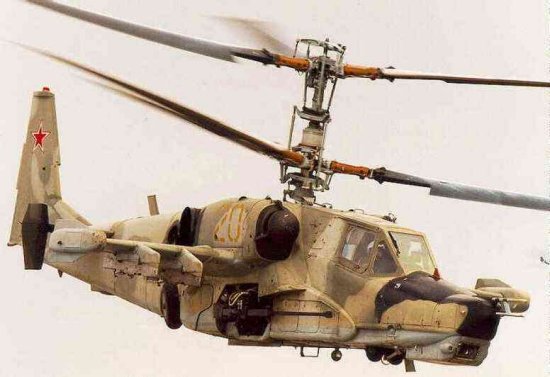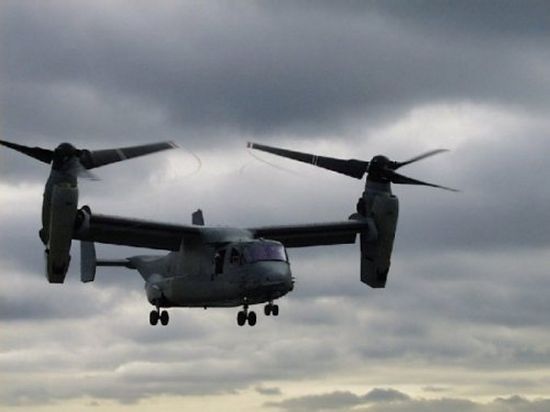|
||||||||||
|
|
||||||||||
|
||||||||||
|
|
||||||||||

The second part of your question has to do with rotor dynamics. You may not realize it, but helicopter rotors are designed to move in more ways than just rotation about the central hub. The individual blades are also able to rotate or pitch up and down so they meet the air at higher or lower angles of attack. This change in blade pitch is accomplished in two ways. The first, called collective, allows the pilot to change the pitch of all blades simultaneously. At takeoff, for example, the pitch of all blades is increased until the rotor produces enough lift to exceed the weight of the helicopter. Thus, collective is used to change a helicopter's altitude.
A second method of changing the rotor blade pitch is called cyclic. This control allows the pilot to change each blade's pitch angle independently. By doing so, a traditional helicopter can be made to roll or to move in a particular direction. The cyclic lever works much like the control stick or yolk on an airplane. For example, pushing the lever forward causes the helicopter to move forward. This motion occurs because the control stick deflection forces the forward-moving (advancing) blades to pitch to a lower angle of attack and the backward-moving (retreating) blades to pitch to a higher angle of attack. As a result, the entire rotor is tilted down towards the heliopter nose. This causes the lift vector to tilt forward creating a thrust component that moves the helicopter forward. Similarly, pulling the stick back moves the helicopter backward, moving it left moves the helicopter to the left, and so on.

However, your question relates to yaw control, or the ability of a helicopter to turn left or right. Most
helicopters accomplish yaw control using the small tail rotor. By changing the pitch of the tail rotor's blades,
this rotor will produce a side force that turns the helicopter nose left or right. Since
neither the V-22 nor the Ka-50 have a tail rotor, how are they able to yaw? They do so using the cyclic. If a
helicopter has two rotors, it can tilt one as if to move to the left and another as if to move to the right, but
the combined effect causes the helicopter to spin while hovering over the same spot. This scenario explains how
both the V-22 and Ka-50 are able to yaw while in hover. Tandem rotor helicopters, like the CH-47 Chinook, and
intermeshing rotor helicopters, like the Kaman K-MAX, also rely on differential rotor cyclic to provide yaw
control.
- answer by Doug Jackson, 11 March 2001
Related Topics:
Read More Articles:


|
Aircraft | Design | Ask Us | Shop | Search |

|
|
| About Us | Contact Us | Copyright © 1997- | |||
|
|
|||